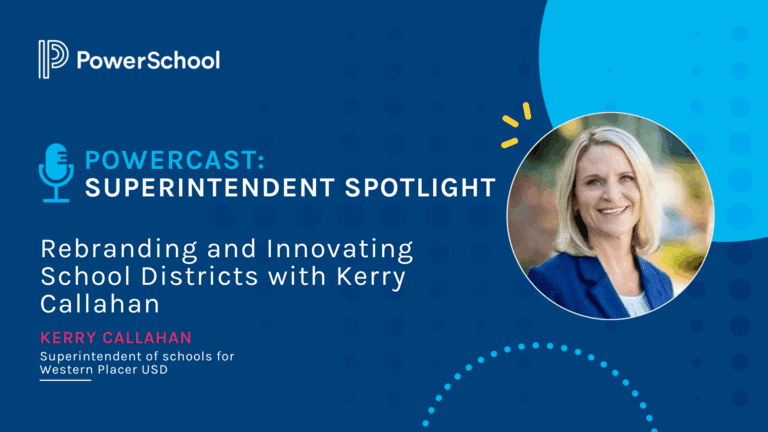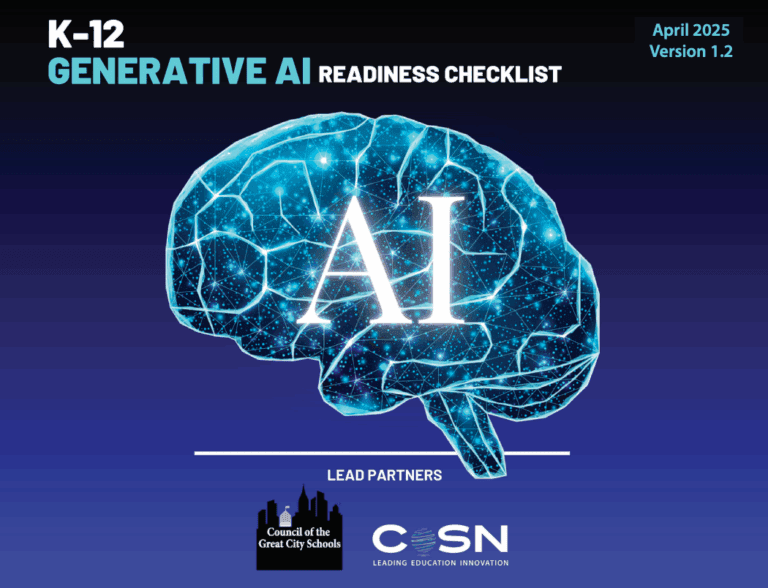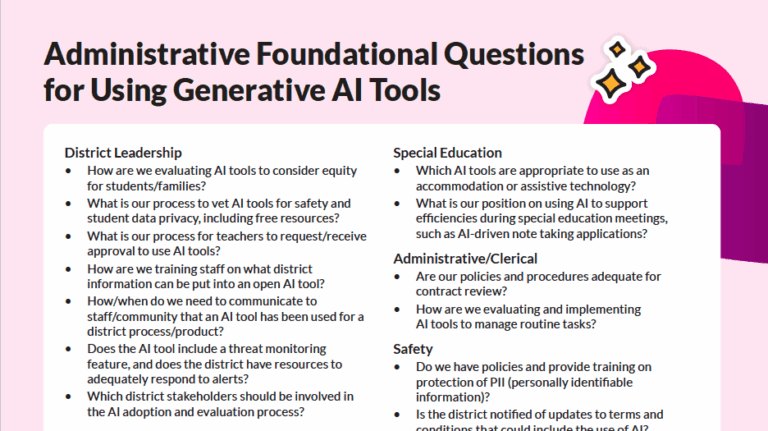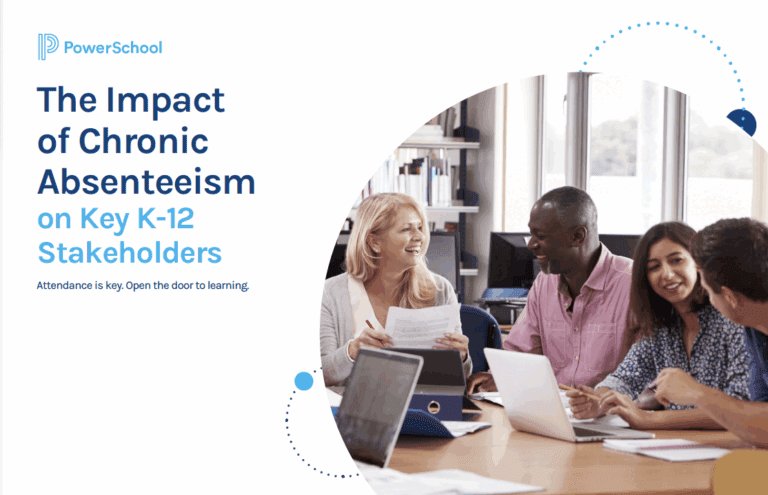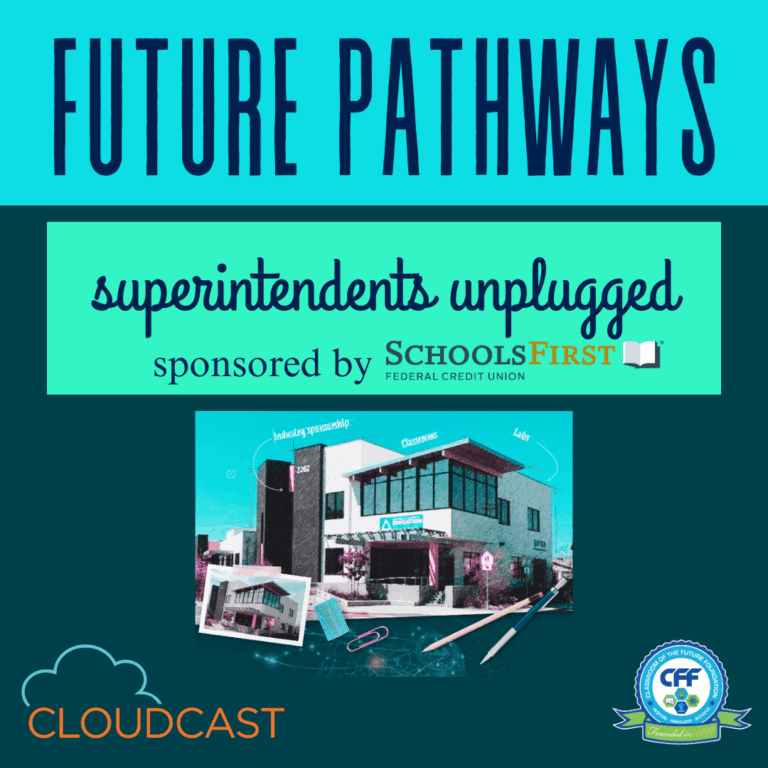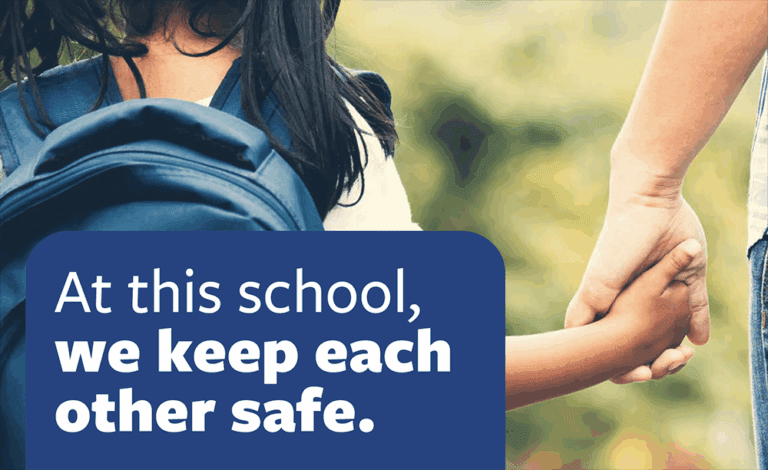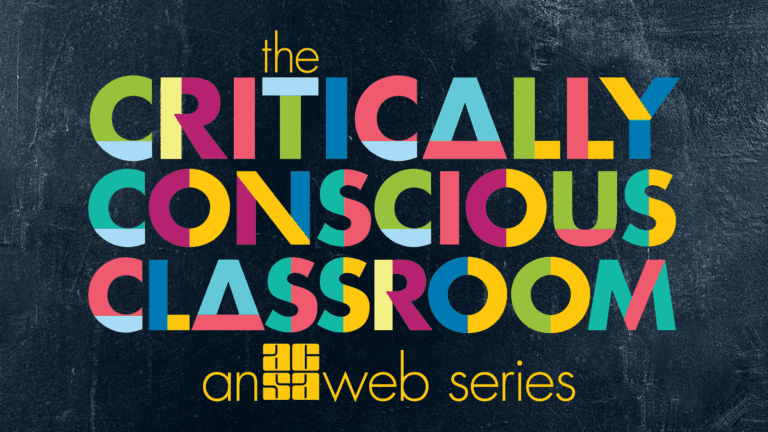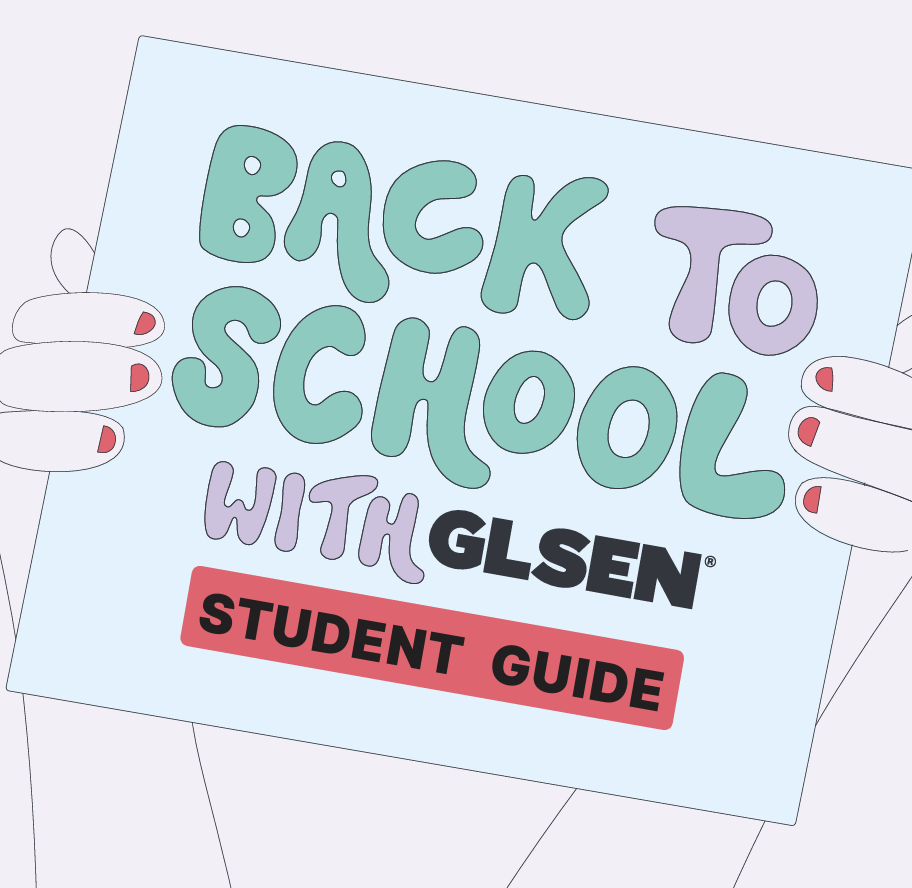
This resource is provided by ACSA Partner4Purpose Right At School.
By Kate Vincent
In today’s educational landscape, we often hear about the “achievement gap.” Right At School is focusing on the opportunity gap — the disparities in access to resources and learning opportunities that can significantly impact a student’s future. They see Out-of-School Time (OST) programs as critical to increasing access, removing barriers, and closing the opportunity gap.
OST programs, which include after-school, before-school, summer, and extended learning programs, offer schools and districts a chance to bridge that gap by cultivating learning beyond the scope of the traditional school day. But it’s important to remember not all programs are created equal. Let’s explore how high-quality OST programs can make a real difference for students.
1. Extra Academic Support: OST programs provide students with additional instruction and tutoring in core subjects like math, reading, and science. Whether students are reinforcing what they’ve learned during the school day or tackling a specific challenge, this added layer of support is invaluable.
2. Personalized Learning: Many OST programs offer tailored learning opportunities based on students’ needs and interests. This personalized approach gives students ways to focus and shine as individuals.
3. More Time for Learning: By extending learning beyond the standard school hours, OST programs give students more time to engage with academic content, develop new skills and explore project-based learning. This extra time can help level the playing field for students who need more time to grasp critical concepts and essential standards.
4. Engagement Through Enrichment: OST programs often include diverse activities—like arts, music, sports, and STEAM — that nurture creativity and problem-solving. These enrichment opportunities are vital for helping students explore new interests and develop critical thinking skills.
5. Creating a Supportive Environment: The best OST programs create an environment where students feel safe, encouraged, and willing to take academic risks. This positive atmosphere fosters confidence and resilience, which are essential for academic success and social-emotional well-being.
6. Homework Time: OST programs often offer structured time for homework help. This can be especially helpful for students who may not have the resources or quiet space to complete assignments at home. Extra guidance can go a long way in boosting their academic performance. It also allows for families to spend their time together enjoying each other’s company, rather than on extending the “work day” for parents and children.
7. Building Durable Skills: It’s not just about academics. OST programs help students develop essential life skills like critical thinking, communication, and problem-solving. Social-emotional learning (SEL) may be embedded in these programs too, which allows students to develop empathy, teamwork, and self-regulation—skills that last a lifetime.
8. Engaging Families as Partners: A key part of any successful OST program is its connection with families. High-quality programs actively involve parents by providing resources, workshops, and regular updates. When families are engaged, students are more likely to succeed.
9. Providing a Safe Space: OST programs provide a safe and structured environment during after-school hours when many students might otherwise be unsupervised.
10. Preparing for the Future: Some OST programs go beyond the here and now, offering college readiness activities, mentorship, and career exploration. These experiences can help students envision a bright future and equip them with the tools to make it happen.
OST programs have the potential to bridge significant opportunity gaps by giving students the resources and support they need to succeed. But remember, not all programs are equal in quality. Schools and districts need to implement high-quality OST programs backed by research and best practices to make a real impact.
Ready to make a difference? Download Right At School’s free checklist of quality criteria for OST programs to ensure you’re implementing a high-quality OST program that can bridge the opportunity gap.
Kate Vincent is a seasoned school district administrator and child/youth therapist with a passion for inclusive education. With certifications in TF-CBT, Play Therapy, IRP, and ABA, she brings 13 years of public education experience to her role in a K-12 educational services organization.







